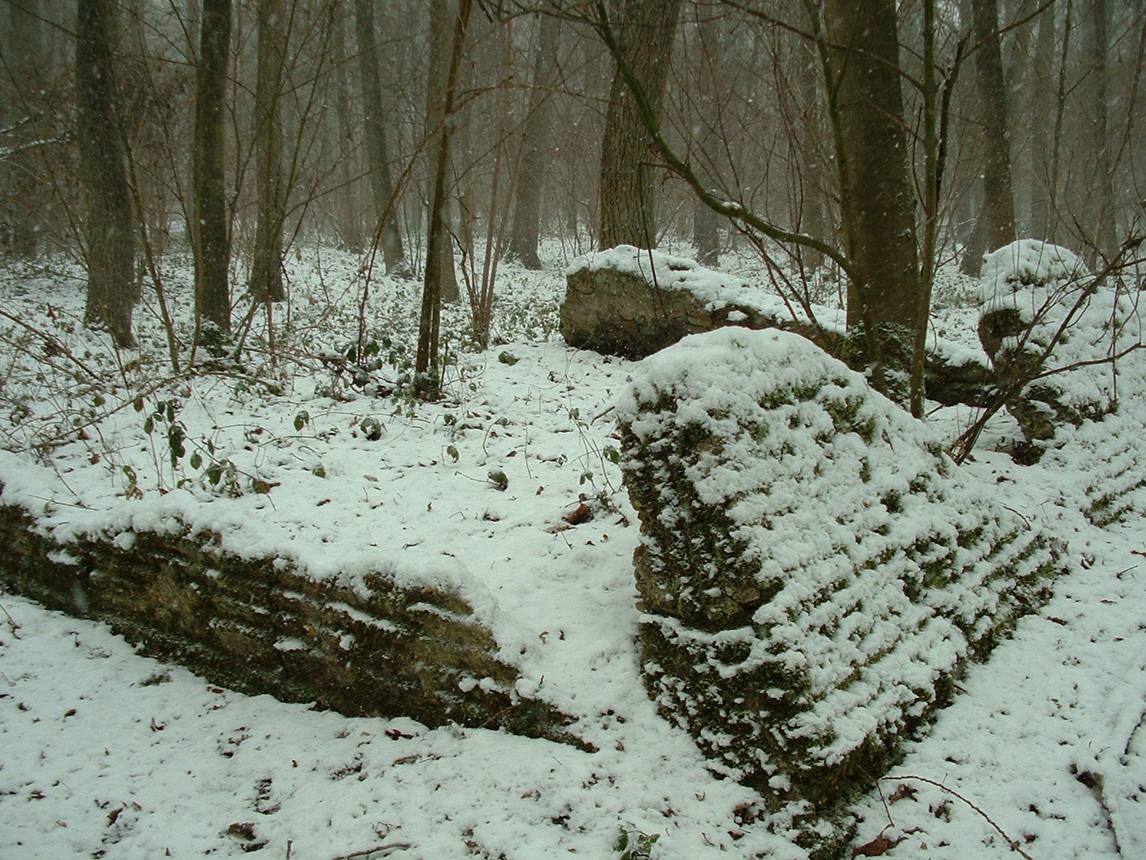Forêt de Guerre: Natural remembrances of the Great War
DOI:
https://doi.org/10.31273/eirj.v1i1.71Abstract
I will discuss the effect that the Great War had on the medieval woodland landscape of France, and how the cataclysmic destruction of the conflict is now represented, remembered and sometimes even preserved by the presence of post-war woodland. The unparalleled quantities of munitions that tore apart the landscape from 1914-1918 had both physical effects at the time, as well as longer-lasting manifestations that we see today. The first use of chemical weapons, along with the problems posed by their disbursement and disposal, also still affect the soil of the Western Front, as well as the trees and plants that traditionally grew in the region. I will also analyse the deeper and far more ancient significance of forests and trees within French culture, and how this has affected the way that people have interacted with the ‘Forêt de guerre’ landscape that grew up to replace that lost during the hostilities.
World War I; 1914-18; Archaeology; Anthropology; Folklore; Landscape; Trees; Forests; Zone Rouge; Historic Sites - France
Downloads

Published
Issue
Section
License
Authors who publish with this journal agree to the following terms:
Authors retain copyright and grant the journal right of first publication with the work simultaneously licensed under a Creative Commons Attribution License (CC-BY), which permits use and redistribution of the work provided that the original author and source are credited, a link to the license is included, and an indication of changes which were made. Third-party users may not apply legal terms or technological measures to the published article which legally restrict others from doing anything the license permits.
If accepted for publication authors’ work will be made open access and distributed under a Creative Commons Attribution (CC-BY) license unless previously agreed with Exchanges’ Editor-in-Chief prior to submission.
Authors are able to enter into separate, additional contractual arrangements for the non-exclusive distribution of the journal's published version of the work (e.g., post it to an institutional repository or publish it in a book), with an acknowledgement of its initial publication in this journal.
Authors are permitted and encouraged to post their work online (e.g., in institutional repositories or on their website) prior to and during the submission process, as it can lead to productive exchanges, as well as earlier and greater citation of published work. (see: The Effect of Open Access)
